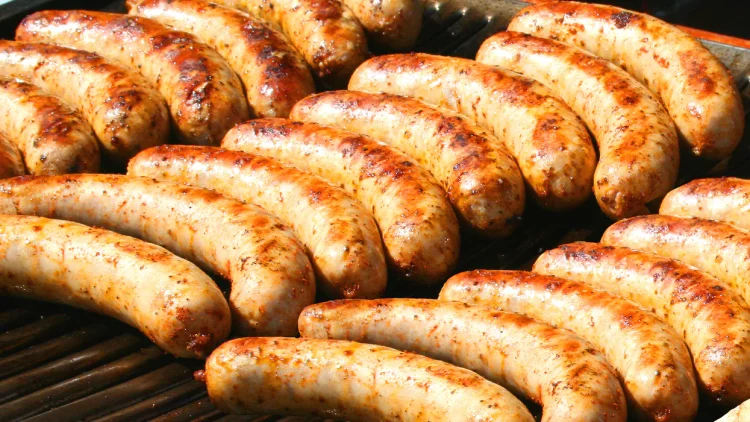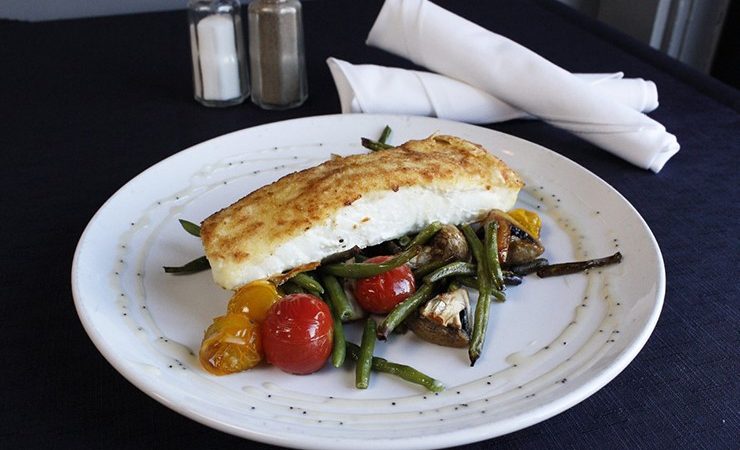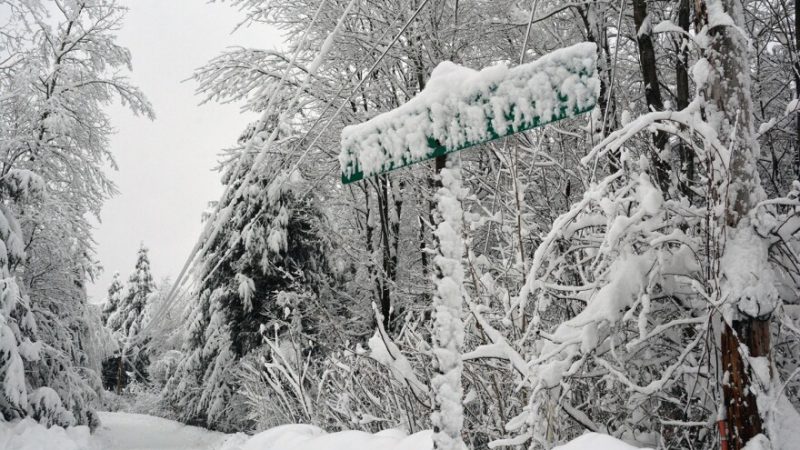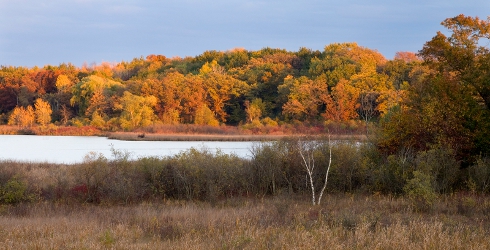“The Art of Bratwurst: Perfecting the Craft and Savoring the Flavor”

Bratwurst, a beloved German sausage, has transcended its cultural origins to become a global culinary sensation. Renowned for its juicy and flavorful profile, mastering the art of bratwurst preparation requires a delicate balance of time, technique, and quality ingredients. In this exploration, we delve into the intricacies of crafting the perfect brat, answering the age-old question: how long to brat?
The Origins of Bratwurst:
Before delving into the cooking process, it’s essential to understand the roots of bratwurst. Originating in Germany, this sausage is traditionally made with a blend of ground pork, veal, or beef, mixed with a medley of spices such as nutmeg, coriander, and white pepper. The mixture is then encased in natural casings, typically made from sheep intestine, giving the bratwurst its characteristic snap and succulence.
Choosing Quality Ingredients:
The journey to a perfect bratwurst begins with selecting high-quality ingredients. Opt for fresh, well-marbled cuts of pork, veal, or beef, and ensure the spices are of premium quality. The choice of casings is also crucial; natural casings contribute to the authentic texture and flavor of bratwurst.
Preparation:
Once the ingredients are assembled, the next step is preparation. Begin by grinding the meat using a coarse setting to achieve the desired texture. This step is crucial in creating the signature mouthfeel of bratwurst. Carefully measure and mix in the spices, allowing the flavors to meld for a cohesive taste.
The Bratwurst Linking Process:
One of the defining features of bratwurst is its linked appearance. Achieving this requires a delicate hand in shaping and twisting the sausage links. The size of the links is a matter of personal preference, with some favoring longer sausages while others prefer smaller bite-sized portions. Consistency in size ensures even cooking, guaranteeing a uniform taste and texture.
Bratwurst Cooking Techniques:
The cooking process is where the magic truly happens. There are various methods to cook bratwurst, each with its unique nuances.
- Grilling: Grilling is a popular method that imparts a smoky flavor to the bratwurst. Preheat the grill to medium heat and cook the sausages for approximately 15-20 minutes, turning them occasionally to achieve an even golden-brown color.
- Boiling: Boiling is a traditional method that ensures a juicy interior. Submerge the bratwurst in simmering water for around 15 minutes before finishing them on the grill for a crispy exterior.
- Pan-Frying: Pan-frying offers a quick and convenient option. Heat a skillet with oil over medium heat, and cook the bratwurst for 12-15 minutes, turning occasionally until browned on all sides.
- Baking: Baking is a hands-off approach that produces consistently cooked bratwurst. Preheat the oven to 400°F (200°C) and bake for approximately 20-25 minutes, turning halfway through.
How Long to Brat: Finding the Perfect Balance:
The question of how long to brat is subjective and depends on the cooking method chosen. However, a general guideline is to cook bratwurst until the internal temperature reaches 160°F (71°C). This ensures that the sausages are safe to eat while maintaining their juiciness.
Overcooking can result in dry bratwurst, so it’s crucial to strike the right balance. Use a meat thermometer to monitor the internal temperature, and remove the sausages from the heat once they reach the desired level.
Pairing and Serving:
The beauty of bratwurst lies not only in its preparation but also in its versatile pairing options. Serve bratwurst in a warm, crusty roll with sauerkraut, mustard, and grilled onions for a classic German experience. Alternatively, explore creative toppings like caramelized apples, pickles, or various mustards to elevate the flavor profile.
Conclusion:
In the world of sausages, bratwurst stands out as a culinary masterpiece. Achieving the perfect brat involves a harmonious blend of quality ingredients, precise preparation, and careful cooking. Whether grilled, boiled, pan-fried, or baked, the key is to find the right balance of time to impart the ideal texture and flavor.
So, the next time you embark on a bratwurst adventure, remember that the journey is just as important as the destination. Experiment with different methods, savor the process, and revel in the joy of creating a mouthwatering bratwurst that pays homage to its rich cultural heritage while appealing to modern palates.
-
Q: How long does it take to cook bratwurst on the grill?
A: Grilling bratwurst typically takes around 15-20 minutes. Preheat the grill to medium heat and turn the sausages occasionally until they achieve an even golden-brown color.
-
Q: Can I boil bratwurst before grilling?
A: Yes, boiling is a traditional method to ensure a juicy interior. Simmer bratwurst in water for approximately 15 minutes before finishing them on the grill for a crispy exterior.
-
Q: What is the recommended internal temperature for bratwurst?
A: It is recommended to cook bratwurst until the internal temperature reaches 160°F (71°C). This ensures the sausages are safe to eat while maintaining their juiciness.
-
Q: How long should I pan-fry bratwurst?
A: Pan-frying bratwurst takes about 12-15 minutes. Heat a skillet with oil over medium heat and turn the sausages occasionally until they are browned on all sides.
-
Q: Can I bake bratwurst in the oven?
A: Yes, baking is a convenient method. Preheat the oven to 400°F (200°C) and bake bratwurst for approximately 20-25 minutes, turning them halfway through.
-
Q: What is the purpose of linking bratwurst before cooking?
A: Linking bratwurst helps create the characteristic appearance of sausages. It also ensures uniform cooking and allows for even distribution of flavors throughout the sausage.
-
Q: Is there a specific size for bratwurst links?
A: The size of bratwurst links is a matter of personal preference. Some prefer longer sausages, while others opt for smaller, bite-sized portions. Consistency in size is important for even cooking.
-
Q: How do I know when bratwurst is done?
A: Use a meat thermometer to check the internal temperature of the bratwurst. Once it reaches 160°F (71°C), the sausages are done. Be cautious not to overcook to prevent dryness.
-
Q: What are some creative ways to serve bratwurst?
A: Bratwurst can be served in a warm, crusty roll with traditional toppings like sauerkraut, mustard, and grilled onions. Experiment with creative toppings such as caramelized apples, pickles, or different mustards for a unique twist.
-
Q: Can I prepare bratwurst ahead of time?
A: Yes, you can prepare bratwurst ahead of time by linking and refrigerating them until ready to cook. This allows the flavors to meld, enhancing the overall taste. Ensure they are brought to room temperature before cooking for even results.






